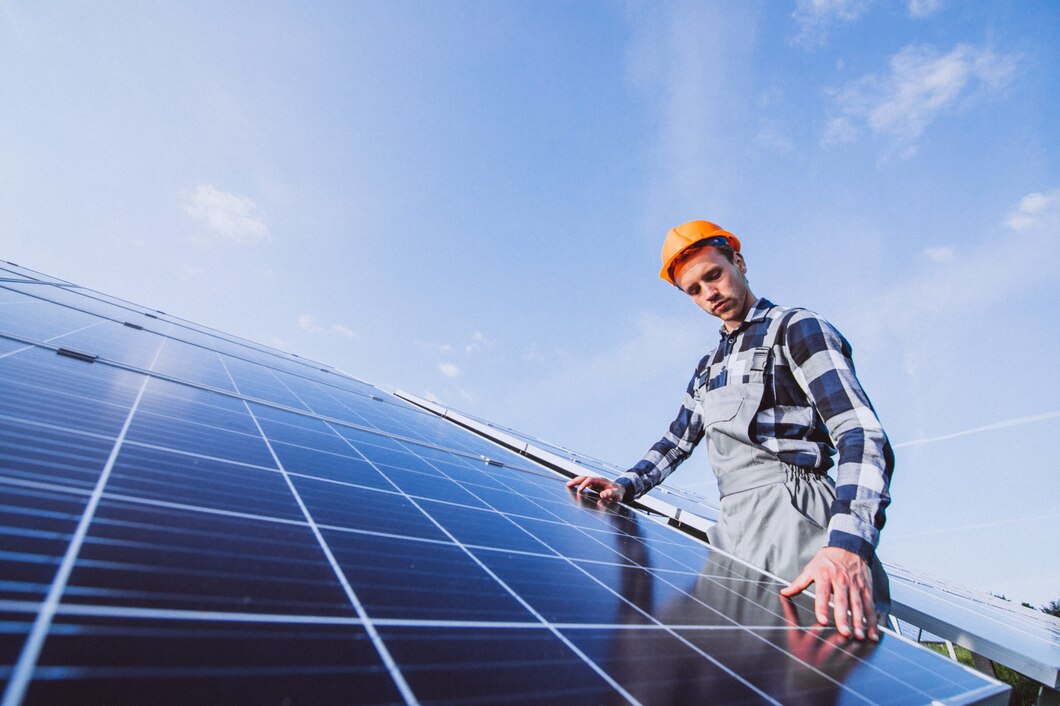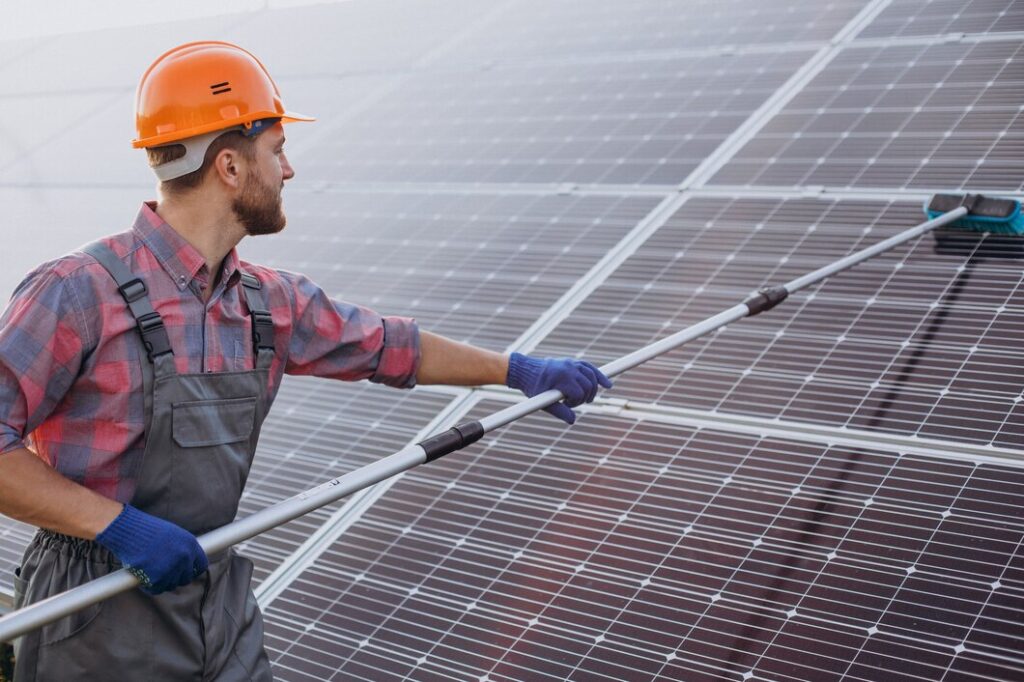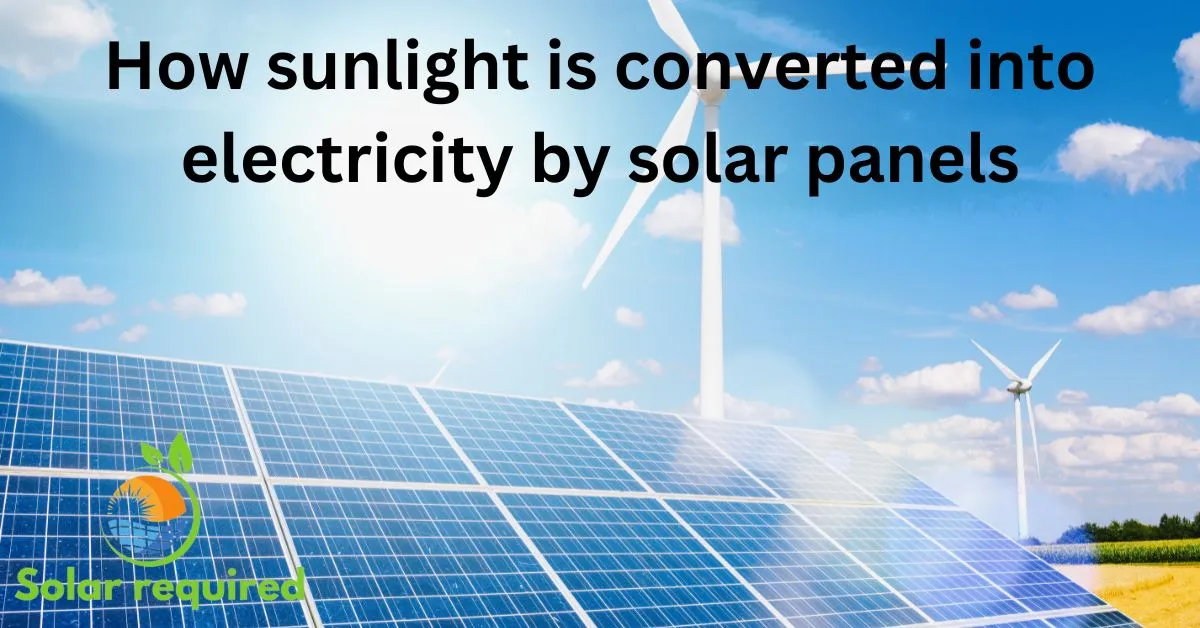Solar panels have revolutionized the way we harness clean energy, but their efficiency hinges on an often-overlooked factor: cleanliness. Many solar panel owners wonder if dust affects solar panels and whether regular cleaning is necessary. This question is crucial, as accumulating dirt, dust, and debris on solar panels can significantly impact their performance and longevity.
The debate between clean and dirty solar panels has gained attention recently. Solar panel owners are keen to understand if cleaning solar panels makes a difference in energy production. This article delves into the effects of dust on solar panels, explores the benefits of cleaning solar panels, and examines how much dust affects solar panel efficiency. We’ll also discuss best practices to detect dust on solar panels and maintain their optimal performance, providing insights into why cleaning solar panels is essential for maximizing your investment in renewable energy.
The Impact of Dirt on Solar Panel Efficiency
The accumulation of dirt and debris on solar panels significantly influences their efficiency and overall performance. When solar panels become dirty or covered with various types of debris, their ability to absorb sunlight is hindered, leading to decreased energy production and potential financial losses.
Types of debris affecting panels
Solar panels are susceptible to various forms of debris that can impact their efficiency:
- Dust and dirt
- Leaves and pollen
- Bird droppings
- Snow
- Industrial pollutants
These materials create shadows or form a barrier that prevents sunlight from reaching the photovoltaic cells. In dusty environments, such as desert areas, dust buildup is more frequent and challenging to manage. Fine dust particles can settle between the photovoltaic cells, creating microcracks and affecting the panels’ overall performance.

Percentage decrease in power output
Studies have shown that dirty solar panels can experience a significant reduction in energy production potential. The impact of dirt on solar panel efficiency varies depending on the environment and the type of debris:
- Dirty solar panels can lose up to 20% of their energy production potential.
- In desert areas, the reduction in solar efficiency due to dust can be approximately 40%.
- A uniform layer of 10 grams of dust accumulated on a solar PV module can reduce its power output by up to 25%.
- When 50 grams of dust accumulate uniformly, power output can be reduced by approximately 55-63%.
Even a thin layer of dust can significantly reduce energy production. In dusty environments, solar panel efficiency losses can range from 5% to 25% if left unaddressed.
Long-term effects of neglect
Neglecting regular cleaning and maintenance of solar panels can have long-lasting consequences:
- Reduced lifespan: Continuous debris accumulation can speed up wear and tear, reducing the overall lifespan of solar panels.
- Increased operating temperatures: Dust and debris can lead to higher operating temperatures, further decreasing efficiency and potentially shortening the panels’ lifespan.
- Physical damage: Accumulated dirt can lead to hot spots, resulting in microcracks, delamination, and corrosion of the solar cells.
- Financial impact: The reduction in energy output translates to decreased electricity generation and lower financial returns on the investment.
To maximize the lifespan of solar panels and protect the investment in renewable energy, it is essential to invest in professional cleaning services and implement a routine cleaning schedule. This is particularly important in areas prone to dust, pollution, or bird droppings. By maintaining clean solar panels, individuals can unlock their full potential and contribute to a more sustainable energy future.
Risks to Solar Panel Longevity and Warranty
Neglecting the essential task of cleaning solar panels can lead to several risks that may compromise their efficiency and longevity. While solar panels are designed to be durable and resilient, regular maintenance is crucial in ensuring optimal performance and lifespan.
Accelerated wear and tear
The accumulation of dirt, debris, and other contaminants on solar panels can speed up wear and tear. Over time, this buildup can lead to a breakdown of the materials used in the panels, shortening their overall lifespan. As solar panels become dirtier, their efficiency decreases, causing them to work harder to produce the same amount of electricity. This additional strain can lead to premature aging of the panels, further reducing their lifespan.
In dusty environments or areas prone to pollution, the impact of neglect can be even more severe. Continuous debris accumulation and associated risks, such as hotspots or moisture retention, can significantly accelerate the degradation process. This not only affects the panels’ performance but also impacts their operational lifespan.
Voiding manufacturer warranties
Most solar panel manufacturers include regular cleaning and maintenance as part of their warranty conditions. Failure to adhere to these conditions can void the warranty, leaving homeowners responsible for any repairs or replacements. This can have significant financial implications, especially considering that the best panels typically come with a 25-year product warranty and a 25 to 30-year power warranty.
It’s important to note that many solar companies recommend cleaning panels at least twice a year, with more frequent cleaning required in some locations. Neglecting this maintenance schedule can negatively affect the warranty coverage. Additionally, attempting to clean solar panels without proper knowledge or equipment can lead to damage that the manufacturer’s product warranty may not cover.

Decreased lifespan of panels
Solar panels are designed to last for decades, with an average lifespan of 25 to 30 years. However, neglecting regular cleaning can significantly reduce this lifespan. The National Renewable Energy Laboratory estimates that, on average, solar panel output falls by 0.5% to 0.8% each year. This rate of decline, known as the solar panel degradation rate, can be exacerbated by poor maintenance practices.
While solar panels can still produce electricity beyond their “useful life,” the 25 to 30-year benchmark is usually the point at which investing in a new system makes more practical and financial sense. By maintaining clean panels, owners can help ensure that their solar investment continues to provide optimal returns throughout its expected lifespan.
Best Practices for Solar Panel Maintenance
Maintaining solar panels is essential to ensure optimal performance and longevity. While these systems are designed to operate for 25-30 years with minimal upkeep, regular cleaning and inspection are crucial to maximize efficiency.
Recommended cleaning frequency
The frequency of solar panel cleaning depends on various factors, including location and environmental conditions. Generally, panels should be cleaned at least once or twice a year. However, certain situations may require more frequent cleaning:
- Polluted areas: Panels installed near factories, highways, or airports experience higher levels of atmospheric grime and oil buildup.
- Wooded areas: Installations near trees are prone to leaf accumulation and bird droppings, obstructing sunlight absorption and potentially damaging the panel surface.
- Desert regions: Areas with dry and dusty climates, such as the Middle East and US Southwest, see more significant accumulations of sand that can block light and scratch the panel surface.
- Regions prone to wildfires: Ash from wildfires can quickly accumulate on panels in areas like California or Australia.
Most experts agree that cleaning solar panels every six months is reasonable. However, the best time for cleaning is typically at the end of winter and summer, when the most buildup and debris have accumulated.
Safe cleaning techniques
To maintain the efficiency and integrity of solar panels, it’s crucial to use safe cleaning techniques:
- Turn off the system: Before cleaning, ensure the power to the solar panels is turned off for safety.
- Use appropriate tools: Soft brushes, sponges, or specialized rotating brushes designed for solar panels are recommended. Avoid abrasive materials that could damage the panels.
- Choose the proper cleaning solution: Use warm water without harsh chemicals. Some companies use a blend of diluted vinegar and hydrogen peroxide or specialized solar panel cleaning solutions that don’t leave a residue.
- Apply gentle pressure: Use a garden hose with a spray attachment to rinse off loose debris. Avoid using pressure washers, as they can damage the panels.
- Clean in cool conditions: To prevent potential cracking from temperature changes, it’s best to clean panels when temperatures are cooler, and there isn’t harsh sunlight.
- Rinse thoroughly: After cleaning, rinse the panels until all streaks or dirty areas are thoroughly cleaned.
Professional solar panel cleaning services are available for those uncomfortable with cleaning their own panels. These experts have the knowledge and equipment to clean panels safely and effectively, reducing the risk of damage and ensuring optimal performance.
By following these best practices for solar panel maintenance, owners can help ensure their investment continues to provide optimal returns throughout its expected lifespan while maximizing energy production efficiency.
FAQs
What are the consequences of not cleaning solar panels?
If solar panels are not cleaned regularly, they can lose up to 30 percent of their energy yield annually. Accumulations of dust, dirt, and grime can block sunlight, significantly diminishing the system’s output and efficiency.
How does dirt on solar panels impact their performance?
While everyday pollutants like dust, leaves, and bird droppings typically don’t severely impact solar energy production—thanks to natural cleaning by sun, wind, and rain—in most instances, the effort to clean them might not be justified. However, significant buildup can still affect performance.
Does cleaning solar panels significantly enhance their efficiency?
Yes, cleaning solar panels can make a considerable difference. Dirt and debris on the panels can obstruct sunlight and reduce the energy conversion rate. Regular cleaning is necessary to maintain optimal energy production, especially in environments prone to dust and dirt.
Is it essential to clean solar panels?
Maintaining solar panels is crucial, particularly in dry or dusty climates where cleaning every six months is recommended. Proper maintenance ensures the longevity and efficiency of your solar panel system.


